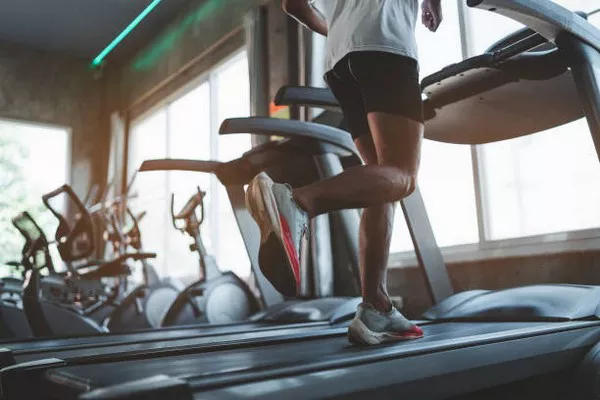Weight loss medications, such as Mounjaro and Wegovy, have become popular tools in the fight against excess weight, offering a promising solution for those struggling to shed pounds. These injections work by reducing appetite and slowing down the digestive process, helping users consume fewer calories and lose weight. However, a crucial challenge remains: protecting lean body mass—particularly muscle—while losing fat.
Lean mass, which includes muscles, bones, and organs, is essential for maintaining strength, metabolism, and overall health. Unfortunately, losing weight can result in the unintended loss of muscle, which can compromise both physical strength and metabolic efficiency. Studies show that up to 30% of weight lost during dieting can come from muscle rather than fat, especially when protein intake or physical activity levels are inadequate.
The significance of muscle mass cannot be overstated. Muscle burns more calories than fat even at rest, supporting long-term weight maintenance. Furthermore, maintaining muscle mass helps with daily tasks like carrying groceries or climbing stairs, and can contribute to sustained energy levels, reducing the likelihood of regaining lost weight.
To combat muscle loss during weight loss, resistance training is key. Studies have consistently shown that engaging in strength training—whether through weights, resistance bands, or bodyweight exercises—helps preserve muscle, even in the context of calorie deficits caused by weight loss injections or dietary changes.
Although specific research on combining GLP-1 agonist drugs with exercise is still limited, preliminary evidence suggests that those who incorporate resistance training into their routine retain more muscle than individuals relying solely on medication or dietary changes.
When you engage in resistance exercises, you send a signal to your body to retain muscle tissue, prompting it to strengthen muscles for future challenges. Additionally, these exercises direct the body to burn fat instead of muscle, particularly in a calorie deficit. Building and maintaining muscle mass also supports a higher metabolic rate, enhancing weight management efforts over the long term.
Even brief sessions of resistance training can make a significant difference. Research shows that performing resistance exercises for just 11 minutes per session, three times a week, can lead to noticeable improvements. You don’t need a gym membership to start—bodyweight exercises like push-ups, lunges, and planks are excellent options. For added resistance, simple items like water bottles or backpacks filled with books can be used. As strength improves, resistance bands or free weights can be introduced to further challenge the muscles.
In addition to resistance training, incorporating moderate cardio exercises, such as brisk walking, cycling, or swimming, can accelerate fat loss and benefit heart health. Cardiovascular activities complement strength training by increasing calorie expenditure and improving endurance.
A common concern for those taking weight loss medications is feeling too fatigued or lightheaded to exercise. It’s essential to listen to your body, especially during the initial stages of medication use. Breaking workouts into shorter sessions—such as 10 to 15 minutes of strength training, two or three times a day—can make exercise more manageable and easier to integrate into a busy schedule.
For beginners, it’s crucial to start slow. If you’re new to exercise, try simple bodyweight exercises like squats, push-ups (or knee push-ups), and planks. Resistance bands are an affordable and versatile tool for building strength, offering exercises such as bicep curls, shoulder presses, and glute bridges. These bands provide varying resistance levels, making them an excellent choice for individuals just starting their fitness journey.
Focus on training major muscle groups, including the legs, back, chest, shoulders, arms, and core. Strengthening these areas improves functionality in daily activities and reduces the risk of injury. Good form is also paramount—move slowly and with control, especially when using additional resistance.
Tracking progress, whether by increasing repetitions, adding weight, or improving balance, can serve as a great motivator. Remember, the goal is not just the number on the scale, but also how you feel—physically capable, strong, and energized for day-to-day tasks.
Combining weight loss injections with a balanced diet, regular resistance training, and cardio is the most effective way to preserve lean mass while shedding fat. This comprehensive approach supports a healthy metabolism, increases energy levels, and ensures long-term success. By focusing on overall strength and wellness rather than just weight loss, individuals are more likely to enjoy lasting, sustainable results.
Related Topics:
Is the 30-30-30 Weight Loss Trend Worth Adopting?


